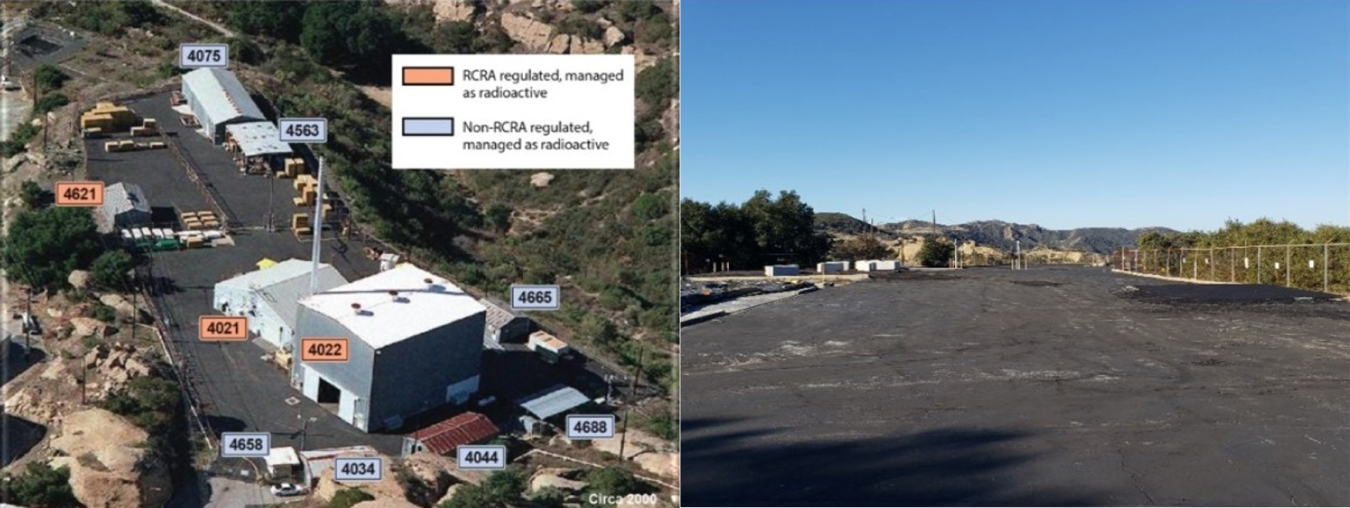Cleanup success at the Energy Technology and Engineering Center (ETEC ) in California is due in large part to the site’s outreach to the community and its nurturing of key partnerships, Federal Project Director John Jones said at the WMS 2021.
Office of Environmental Management
March 17, 2021Cleanup success at the Energy Technology and Engineering Center (ETEC ) in California is due in large part to the site’s outreach to the community and its nurturing of key partnerships, Federal Project Director John Jones said at the Waste Management Symposia 2021.
Jones said the site took determined steps to educate the public about its history, its natural features, and the steps EM was taking to thoroughly characterize the site and develop an environmental impact statement (EIS) to inform cleanup decisions.
Actions included outreach to neighbors and area residents, local service clubs, former site workers, and Native Americans who consider the area sacred. Jones said he recruited John Cherry, a noted hydrology expert, to conduct a class for the community on groundwater.
Further, the site held workshops as it was forming its EIS. Former site workers were invited back for tours. Native Americans were invited to write a chapter on their history for the EIS, and the Santa Ynez Band of Chumash Indians became a cooperating agency in the cleanup.
“We started a public effort parallel with the technical work we were doing,” Jones said during a panel discussion at the virtual conference where ETEC was a featured site. “We did intensive stakeholder meetings. We were meeting weekly with the community, with the regulators, with Boeing, the landowner. We held various seminars, town halls. We were meeting with people one on one. We did newsletters, posters.
“What this did was personalize to the community that we were listening to them,” Jones said. “It really helped us.”

Covering only 90 acres leased from the Boeing Corp., within the Santa Susana Field Laboratory on a rugged hilltop between the San Fernando and Simi valleys outside Los Angeles, ETEC nonetheless came with big challenges, Jones said. The site once was nestled amidst farmland; today, more than a million people live nearby including a number of organizations with energetic interests in the cleanup.
ETEC personnel conducted testing of miniature nuclear reactors and researched liquid metals in the 1950s and 1960s. Most site activities ceased in the late 1980s and cleanup ensued but was halted following a judicial ruling in 2007 that prompted DOE to undertake an EIS.
Field workers gathered more than 10,000 samples that were analyzed for more than 200 radiological and chemical components. Jones said the extensive sampling helped build further credibility.
The site also formed partnerships with state and federal agencies as it advanced cleanup plans, Jones said.
ETEC has issued records of decision for demolition of the final 18 DOE-owned buildings at the site, and for groundwater remediation. All but five buildings have been demolished, with the remainder expected to be down by the end of the year.
To receive the latest news and updates about the Office of Environmental Management, submit your e-mail address.

